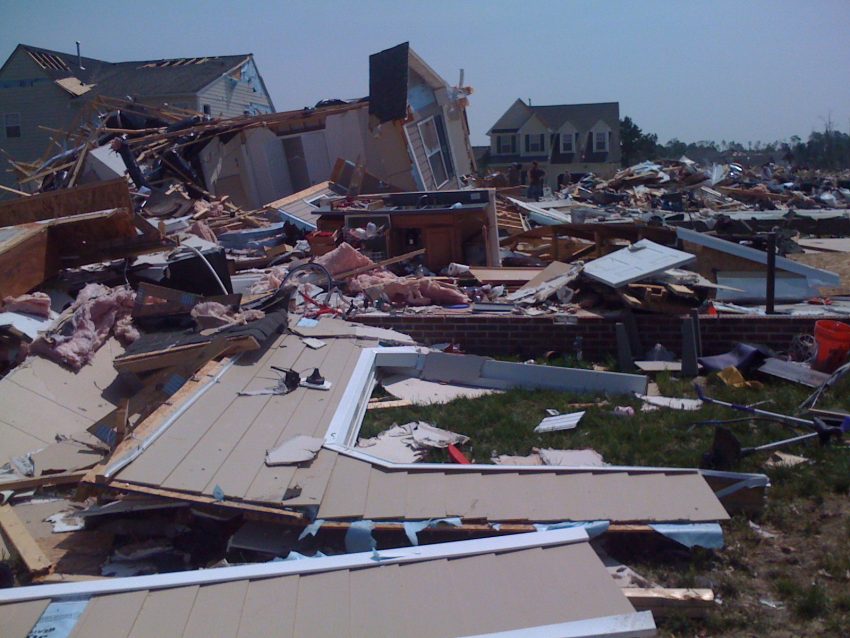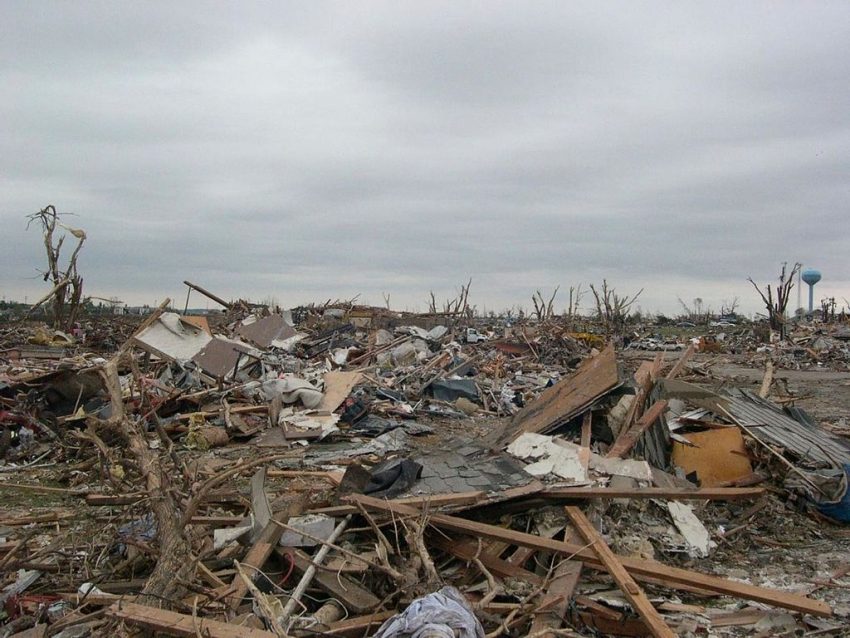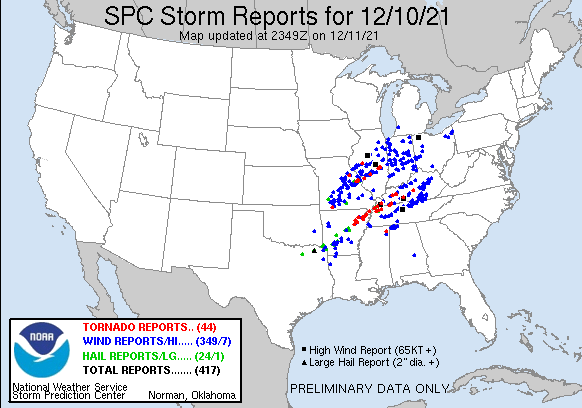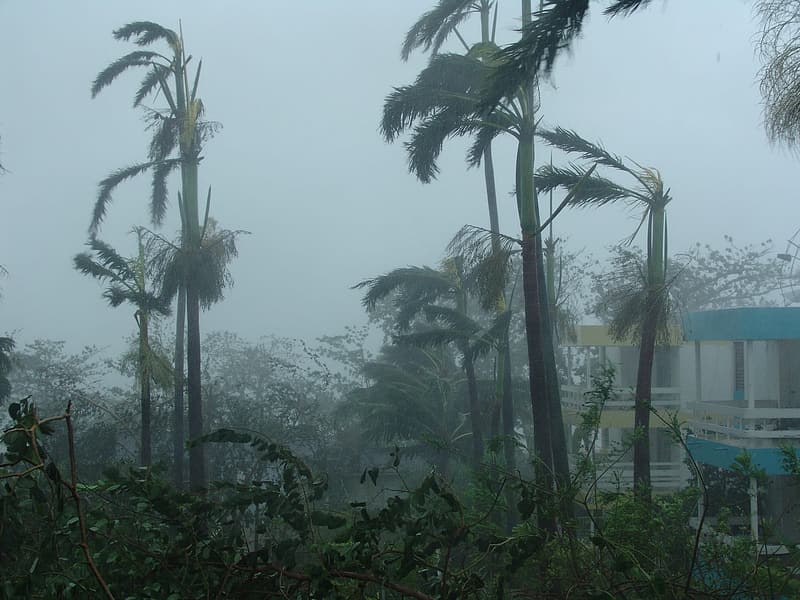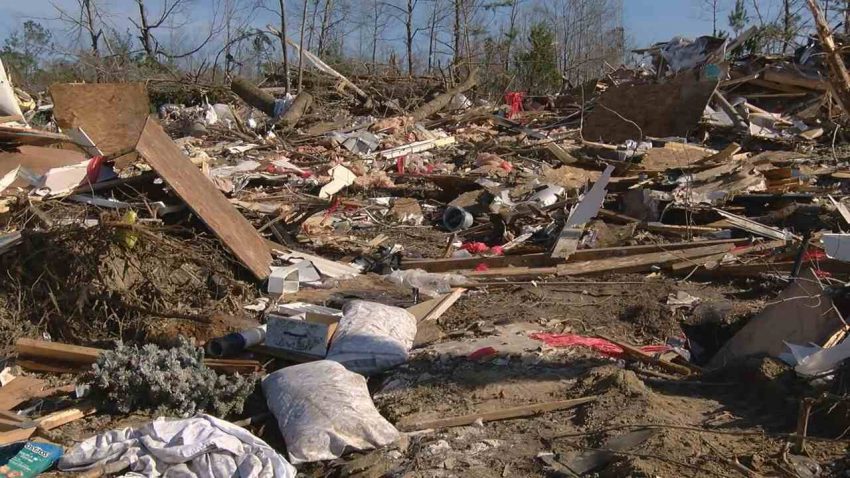Two Days of Twisters Roll Across the Plains
A series of strong springtime storm systems has moved out of the Rocky Mountains in the past few days. These systems have tapped into warm Gulf moisture, sparking intense supercells from Texas up to Nebraska and Iowa. Tornadoes have ravaged several towns, leveling homes and businesses and claiming at least one life so fart.
Massive severe weather outbreak over the past two days with multiple significant tornadoes, giant hail, strong damaging winds, and torrential rainfall. Here is a map of all of the storm reports that have so far came in over the past two days. #wxtwitter #tornado pic.twitter.com/vdHVXhhLnN
— Isaac Krauss (@IsaacKrauss_Wx) April 28, 2024
Much of the strongest tornadic activity on Friday struck portions of Nebraska and Iowa. Tornadoes affected densely-populated suburbs of major metropolitan areas like Lincoln and Omaha. The town of Elkhorn (population 6,062) was particularly hard hit by a massive wedge tornado (see video below). This tornado has been rated an EF3 with winds up to 165 mph (265 kph).
INTENSE tornado video from Elkhorn, Nebraska yesterday!
LSC Viewer: Monis Kamil pic.twitter.com/EaWdOfDj04
— Live Storm Chasers (@LiveStormChaser) April 28, 2024
The tornado threat shifted a bit further south on Saturday towards Oklahoma, Kansas, and Missouri. Many of these twisters struck after dark, the most dangerous kind of tornado activity. The town of Sulphur, Oklahoma (population 5,065) was largely demolished by not one but two tornadoes. The second struck just as emergency personnel were starting rescue operations for the first. The startling video clips below show the extent of the devastation. They also reveal the tornado’s power, with winds strong enough to embed small branches into concrete pillars. Lead photo courtesy Flickr user rbeard113.
Prayers for Sulphur, OK 🙏🏼 pic.twitter.com/XwF5USZb69
— Ham from BK (@Ham_BklynWx) April 28, 2024
DEVASTATING FOOTAGE! Violent #tornado rips through Sulphur, OK, leaving trail of destruction! Our hearts go out to those affected by this disaster. Stay safe, Oklahoma #TornadoDamage #SulphurOK #OklahomaStrong #WXtwitter#TornadoWarning pic.twitter.com/QsRJVhoybC
— Innocent Kids (@kids_innocent56) April 28, 2024
